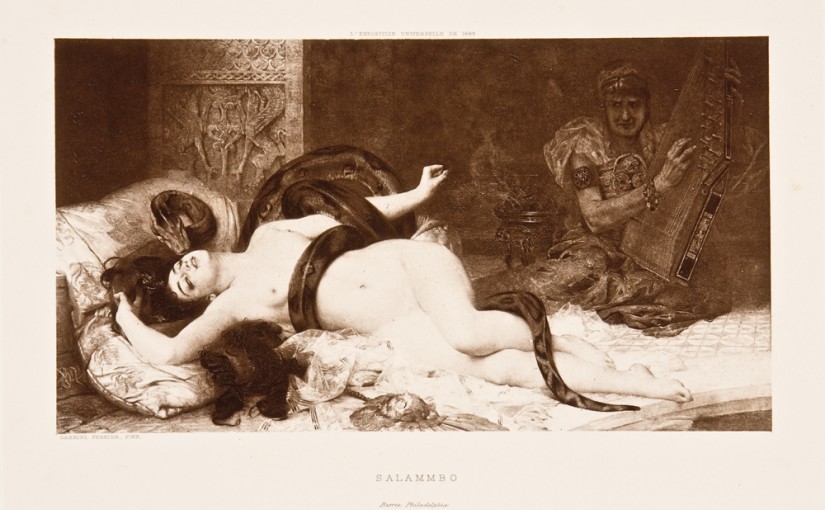If there’s anything I’ve learned about the Victorian era, it’s that it contained sexually frustrated men and women. While the romantic sensation novel was present, it was read when the housewives were home and the husbands were out to work and play. Though these sensations and sexual interests were often cloaked behind books and language, there were a series of events that captivated the London eye and brought sex to the forefront of discussion, pushing back against the modest pretenses of the time.
During the year 1888, a serial killer made his presence known in Whitechapel, a district of East London. The murderer targeted female prostitutes, ripping them apart with such anatomical accuracy that many believed him to be a doctor. The killer became known as Jack the Ripper, and articles, illustrations, and letters written by Jack the Ripper or people claiming to be him were all released to the public during this time period. The Jack the Ripper scandal became a real life sensation novel for the public to engage in, there was even a horrifying similarity between each new killing as a new “chapter” in a novel. As these letters and articles were published in newspapers and became the hot topic of debate in London, the men and women were forced to address the reality of sex crimes.
In the first letter signed “Jack the Ripper,” he makes fun of the police’s inadequacy in finding him and his plan to continue, “ripping them [whores] till I do get buckled’ (Anonymous). Even the graphic nature of the crimes and reports, such as one victim’s uterus being removed by the killer, brought sexual organs to the forefront of thought. Men and women of all classes were captivated by these tragedies, as is evidenced with an illustration in The Illustrated Police News that depicts four women that seem to be of higher class (noting their dresses and coats) with weapons in their hands and the caption, “Ready for the Whitechapel Fiend Women Secretly Armed” (Whitechapel Murders). Thus the death and sex sensation became a part of society rather than an escape from it (through a novel). The brutal carving of the victims’ sex organs as well as the work of the women who were killed left no room to hide the sexual deviance that was coming to light in society. One article written after the death of the first prostitute highlights the social status of the victim with, “unhappily, one result of the inquiries made has been to connect the deceased with that class of women whom poverty or misfortune have driven to seeking a living upon the streets of London” (The Body is Identified). All classes, wrapped up in their real-life sex and murder mystery, had to address prostitution and the degrading conditions these women lived in in order to survive independently of a man’s income.
This letter, illustration, and article addressing the gruesome acts of Jack the Ripper upon the unsuspecting people of Whitchapel should be in the Victorian Queer Archive in order to highlight one of the first times London’s society was forced to notice the lives of prostitutes. Not only did the constant newspaper updates bring forth sex, sexual organs, and prostitution, which would normally be unacceptable topics, it also generated discussion between men and women about the act of prostitution. Sex for money, really sex outside of marriage and for any purpose other than reproduction, had not been so heavily debated until Jack the Ripper began to make society acknowledge the humanity of these prostitutes and fight to save their lives.
Victorian Queer Archive:
http://vqa.dickinson.edu/letter/dear-boss-letter
http://vqa.dickinson.edu/article/whitechapel-murders
Works Cited
Anonymous. “Dear Boss Letter.” Letter to Central News Office. 25 Sept. 1888. London.
Anonymous. “Whitechapel Murders.” The Illustrated Police News [London] 22 Sept. 1888: No.1,284. Print.
“Whitechapel Murders. The Body is Identified. But Where is the Murderer?” East London Observer [London] 18 Aug. 1888: n.p. Print.

